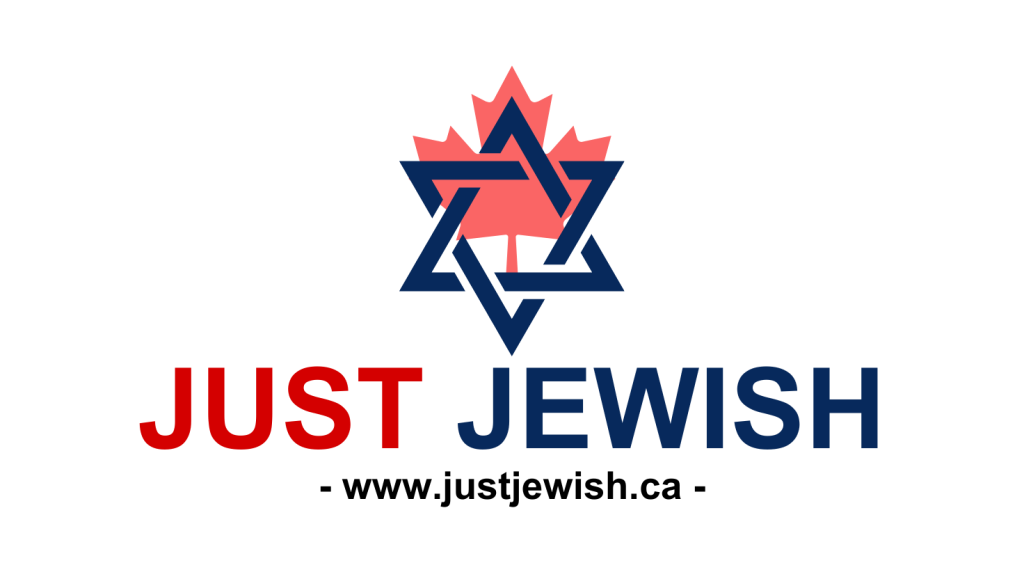A Brief History of the Jewish People in Canada
The Jewish presence in Canada spans over two centuries, marked by waves of immigration, cultural contributions, and political milestones. From the earliest settlers in the 18th century to the thriving and influential Jewish-Canadian community today, Jews in Canada have played a pivotal role in shaping the nation’s history, culture, and social fabric.
Early Jewish Settlement (1750s–1850s)
The First Jewish Canadian
The first known Jewish settler in Canada was Esther Brandeau, a young woman from France who arrived in New France (Quebec) in 1738 disguised as a Christian boy. When her true identity was discovered, she was deported due to French Catholic laws that prohibited Jewish settlement.

After the British conquest of Quebec in 1759, British rule removed Catholic-based restrictions, allowing Jews to live freely in the colony. This paved the way for the first permanent Jewish settler, Aaron Hart, a British Army supplier who arrived in Quebec around 1760. Hart established a Jewish community in Trois-Rivières, helping lay the foundation for future Jewish settlement.
First Synagogue & Growing Community
By 1768, a small but growing Jewish population led to the founding of Shearith Israel in Montreal, Canada’s first synagogue, which still exists today. By the early 1800s, Jewish communities had also begun to develop in Toronto and Halifax.
Jewish Growth and Struggles (1850s–1900s)
Increasing Immigration
During the 19th century, Jews from Germany, Britain, and Eastern Europe immigrated to Canada, escaping persecution and seeking economic opportunities. Many settled in Montreal, Toronto, and Winnipeg, where they established businesses, schools, and synagogues.
By 1871, there were around 1,300 Jews in Canada, mainly concentrated in urban centers. Despite growing numbers, discrimination was common—Jews were often barred from elite professions, universities, and social institutions.
The First Jewish MP in Canada
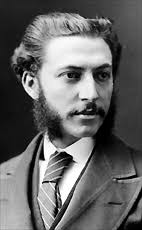
In 1871, Henry Nathan Jr. of Victoria, British Columbia became Canada’s first Jewish Member of Parliament (MP), marking an early political milestone for the community.
Mass Immigration & Anti-Semitism (1900s–1940s)
Jewish Refugees from Eastern Europe
Between 1900 and 1930, waves of Eastern European Jewish immigrants arrived in Canada, fleeing pogroms in Russia and Poland. Many settled in Montreal, Toronto, and Winnipeg, working as merchants, tailors, and factory workers. The Jewish population grew from 16,000 in 1901 to over 150,000 by 1931.
Rise of Anti-Semitism
With the rise in immigration, so too did anti-Semitism in Canada. Jews were often excluded from universities, social clubs, and professions. Signs reading “No Jews Allowed” were common in beaches, hotels, and even some neighborhoods.
- McGill University (Montreal) imposed Jewish quotas in the 1920s, limiting the number of Jewish students.
- Anti-Jewish riots occurred in cities like Toronto (Christie Pits Riot, 1933) when Jewish youth clashed with supporters of Nazism and fascism in Canada.
Canada’s Response to the Holocaust
During the 1930s and World War II, Canada had one of the worst records for accepting Jewish refugees. Under the policy of Frederick Blair, Canada’s Director of Immigration, only 5,000 Jewish refugees were admitted—a stark contrast to countries like the United States and Britain.
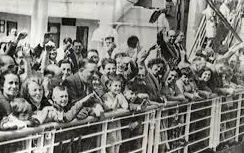
The infamous phrase from a Canadian official at the time, “None is too many,” encapsulated the harsh policies toward Jewish refugees.
Post-War Jewish Integration (1945–1970s)
Holocaust Survivors & Policy Change
After World War II, Canadian attitudes began to shift. Between 1945 and 1955, around 40,000 Holocaust survivors and Jewish refugees were welcomed into Canada, helping reshape the Jewish-Canadian community.
During this period, Jewish Canadians became active in politics, business, academia, and media, advocating for human rights and multiculturalism.
The Quiet Revolution in Quebec & Jewish Contribution
Montreal remained the largest Jewish center in Canada, but during the Quiet Revolution (1960s), many Jews left Quebec for Toronto due to language laws and rising Quebec nationalism. Toronto soon became the largest Jewish community in Canada, home to many Jewish businesses, cultural institutions, and synagogues.
Jewish Influence in Modern Canada (1980s–Present)
Political & Legal Achievements
By the late 20th century, Jewish Canadians were playing leading roles in Canadian law, politics, and activism.
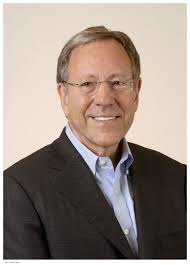
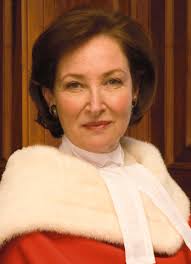
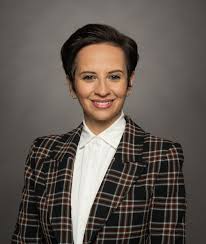
- Irwin Cotler became Canada’s Minister of Justice (2003–2006) and a global human rights advocate.
- Rosalie Abella was appointed as the first Jewish woman to the Supreme Court of Canada.
- Melissa Lantsman became Canada’s first openly LGBTQ+ Jewish Member of Parliament in 2021.
Cultural Contributions
Jewish Canadians have also played a major role in shaping Canadian arts, media, and entertainment. Figures like:
- Lorne Michaels (Saturday Night Live)
- Leonard Cohen (musician & poet)
- Seth Rogen (actor & filmmaker)
- Drake (rapper & music mogul)
have brought Canadian Jewish talent to global audiences.
Jewish-Canadian Institutions & Advocacy
Organizations like the Centre for Israel and Jewish Affairs (CIJA) and B’nai Brith Canada have worked to combat antisemitism, promote Jewish education, and support Israel-Canada relations.
The State of Jewish Life in Canada Today
Today, Canada has over 400,000 Jewish residents, making it one of the largest Jewish populations in the world. Major Jewish communities exist in:
- Toronto (200,000+ Jews)
- Montreal (90,000+ Jews)
- Vancouver, Ottawa, Winnipeg, Calgary, and Halifax
Jewish Canadians continue to shape politics, law, business, science, and culture, ensuring a strong and vibrant presence in Canadian society.
Conclusion
The history of Jewish people in Canada is one of resilience, adaptation, and success. From the early settlers of the 1700s to the refugees of World War II and today’s thriving Jewish communities, Jewish Canadians have overcome discrimination, contributed to multiculturalism, and helped shape modern Canada.
Despite past challenges, Jewish Canadians remain a proud and influential part of Canada’s diverse social fabric, ensuring that their culture, traditions, and values continue to enrich the nation.


